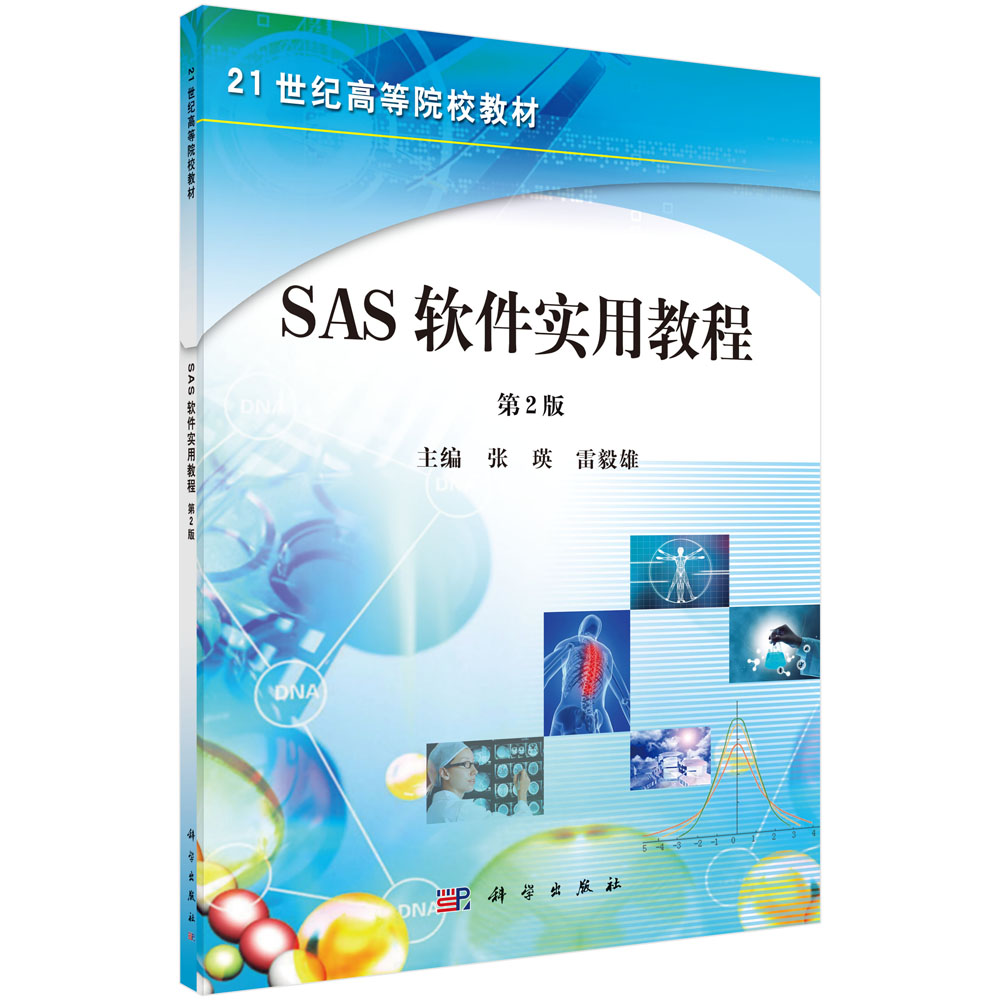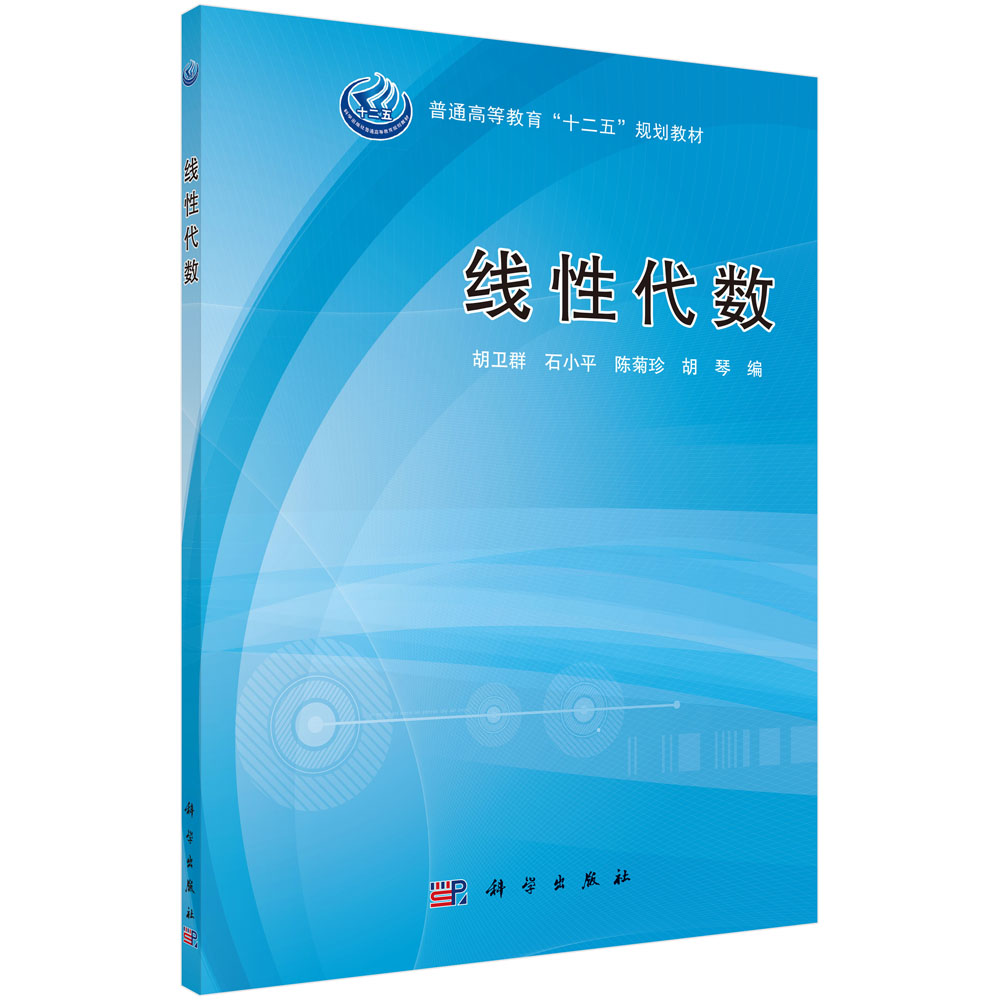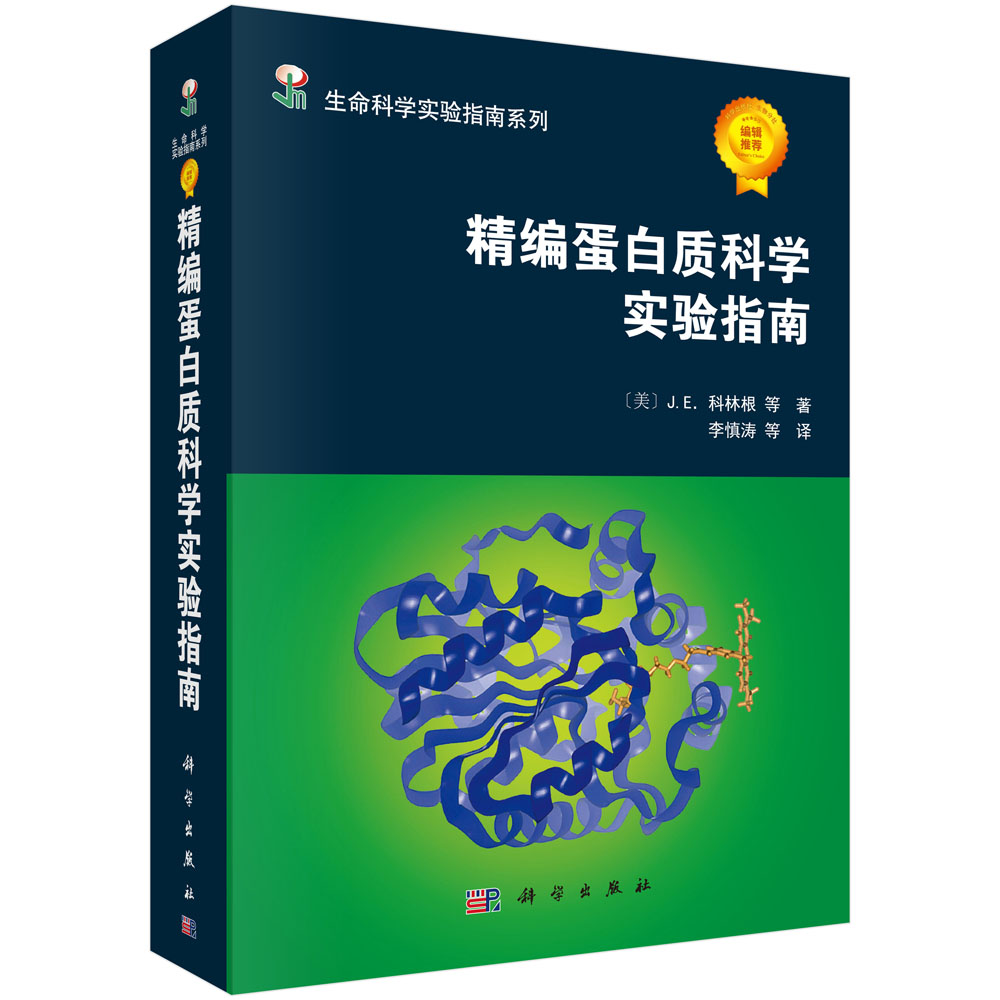本书是为航空航天类专业的学生编写的双语教材,不仅为学生提供基本的航空知识和理论,更能帮助学生了解基本国际航空技术及相关的英语知识。
本书从航空简史出发,对航空技术做了较为系统的介绍。包括飞机的结构类型、组成及材料,飞机飞行的相关原理和控制技术,飞机的动力装置、进气系统、燃油系统、起动系统、润滑系统、制冷系统、排气系统、电力系统、液压系统、供氧系统、防冰装置,飞机内部的仪表装置,最后两章作为特种飞行器的专题部分,对除普通飞机外的特殊飞行器进行了科普性的说明,拓宽读者的航空知识。本书每章都采取中英文结合的形式,供读者查阅。
样章试读
目录
- 目录
Chapter 1 Introduction 1
1.1 History of Aviation 1
1.2 Introduction of Theories in the Production of Lift 3
1.3 Basic Engineering Design Process 4
1.3.1 Identification of Need 4
1.3.2 Definition of Problem 5
1.3.3 Design Constraint 5
1.3.4 Synthesis, Analysis and Optimization 5
1.3.5 Mathematical Modeling and Evaluation 5
1.3.6 The Presentation 6
1.4 Aircraft Types 6
1.4.1 Ultralight Vehicles 6
1.4.2 Light Sport Aircraft 7
Words and Expressions 8
第1章 简介 10
1.1 航空历史 10
1.2 升力产生理论概述 12
1.3 基本工程设计过程 12
1.3.1 识别需求 12
1.3.2 定义问题 12
1.3.3 设计约束 13
1.3.4 合成、分析与优化 13
1.3.5 数学建模和评估 14
1.3.6 展示 14
1.4 飞机种类 14
1.4.1 超轻型飞行器 14
1.4.2 轻型运动飞行器 15
Chapter 2 Aircraft Structure 16
2.1 Types of Aircraft Construction 16
2.1.1 Truss Structure 16
2.1.2 Monocoque 17
2.1.3 Semimonocoque 17
2.2 MajorComponents 17
2.2.1 Fuselage 17
2.2.2 Wings 18
2.2.3 Empennage 18
2.2.4 Landing Gear 19
2.2.5 The Powerplant 20
2.3 Aircraft Structure Materials 21
2.3.1 Classification of Materials 22
2.3.2 Criteria for the Selection of Materials 22
2.3.3 Application of Materials 23
Words and Expressions 25
第2章 飞机结构 28
2.1 飞机结构类型 28
2.1.1 桁架结构 28
2.1.2 硬壳式 29
2.1.3 半硬壳式 29
2.2 主要组成部分 29
2.2.1 机身 29
2.2.2 机翼 29
2.2.3 尾翼 30
2.2.4 起落架 31
2.2.5 动力装置 32
2.3 飞机结构材料 32
2.3.1 材料的分类 33
2.3.2 材料选择的标准 33
2.3.3 材料应用 34
Chapter 3 Knowledge of Flight 36
3.1 Structure of the Atmosphere 36
3.1.1 Atmospheric Pressure 36
3.1.2 Pressure Altitude 38
3.1.3 Density Altitude 38
3.1.4 Effects of Pressure on Density 40
3.1.5 Effects of Temperature on Density 40
3.1.6 Effects of Humidity (Moisture) on Density 40
3.2 Theories in the Production of Lift 41
3.2.1 Newton’s Basic Laws of Motion 41
3.2.2 Magnus Effect 42
3.2.3 Bernoulli Effect 44
3.3 Airfoil Design 44
3.3.1 Low Pressure Above 46
3.3.2 High Pressure Below 46
3.3.3 Pressure Distribution 46
3.4 Principles of Flight 48
3.5 Aircraft Axes and Stability 51
3.6 Flight Control 53
3.6.1 Primary Flight Control 53
3.6.2 Secondary Flight Control 57
第3章 飞行知识 60
3.1 大气结构 60
3.1.1 大气压力 60
3.1.2 压力高度 62
3.1.3 密度高度 62
3.1.4 压力对密度的影响 63
3.1.5 温度对密度的影响 63
3.1.6 湿度(潮湿)对密度的影响 63
3.2 升力产生的原理 64
3.2.1 牛顿基本定律 64
3.2.2 马格努斯效应 65
3.2.3 伯努利效应 67
3.3 机翼设计 67
3.3.1 低压在上 68
3.3.2 高压在下 68
3.3.3 压力分布 69
3.4 飞行原理 69
3.5 飞机轴向和稳定性 72
3.6 飞行控制 74
3.6.1 主要飞行控制 74
3.6.2 辅助飞行控制 77
Chapter 4 Aircraft Systems 80
4.1 Powerplant 80
4.1.1 Reciprocating Engine 80
4.1.2 Propeller 82
4.2 Induction Systems 85
4.3 Fuel Systems 86
4.3.1 Fuel Primer 87
4.3.2 Fuel Tanks 87
4.3.3 Fuel Gauges 88
4.3.4 Fuel Selectors 88
4.3.5 Fuel Strainers, Sumps and Drains 88
4.3.6 Fuel Grades 89
4.3.7 Fuel Contamination 90
4.3.8 Refueling Procedures 90
4.4 Starting Systems 91
4.5 Oil Systems 92
4.6 Cooling Systems 93
4.7 Exhaust Systems 95
4.8 Electrical System 95
4.9 Hydraulic Systems 99
4.9.1 Landing Gear 100
4.9.2 Tricycle Landing Gear Airplanes 100
4.9.3 Tailwheel Landing Gear Airplanes 101
4.9.4 Fixed and Retractable Landing Gear 101
4.9.5 Brakes 102
4.10 Oxygen Systems 102
4.11 Anti-Ice Systems 103
4.11.1 Airfoil Anti-Ice and Deicing 103
4.11.2 Windscreen Anti-Ice 104
4.11.3 Propeller Anti-Ice 104
4.11.4 Other Anti-Ice and Deicing Systems 10
Words and Expressions 105
第4章 飞机系统 118
4.1 动力装置 118
4.1.1 往复式发动机 118
4.1.2 螺旋桨 119
4.2 进气系统 122
4.3 燃油系统 123
4.3.1 起动注油泵 124
4.3.2 油箱 124
4.3.3 油量计 124
4.3.4 燃油选择器 124
4.3.5 燃油过滤器、油底壳、排油管 125
4.3.6 燃油等级 125
4.3.7 燃油污染 126
4.3.8 加油程序 126
4.4 起动系统 127
4.5 润滑系统 127
4.6 发动机冷却系统 129
4.7 排气系统 130
4.8 电气系统 130
4.9 液压系统 133
4.9.1 起落架 134
4.9.2 前三点式起落架飞机 134
4.9.3 后三点式起落架飞机 134
4.9.4 固定式和收放式起落架 135
4.9.5 制动器 135
4.10 供氧系统 136
4.11防冰系统 137
4.11.1 机翼防冰和除冰 137
4.11.2 挡风玻璃防冰 137
4.11.3 螺旋桨防冰 138
4.11.4 其他防冰和除冰系统 138
Chapter 5 Flight Instruments 139
5.1 Pitot-Static Flight Instruments 139
5.1.1 Impact Pressure Chamber and Lines 139
5.1.2 Static Chamber and Lines 140
5.1.3 Altimeter 140
5.1.4 Vertical Speed Indicator 144
5.1.5 Airspeed Indicator 146
5.2 Gyroscopic Flight Instruments 148
5.2.1 Gyroscopic Principles 148
5.2.2 Turn Indicators 151
5.2.3 Attitude Indicator 152
5.2.4 Heading Indicator 154
第5章 飞行仪表 155
5.1 飞行器风速管飞行仪表 155
5.1.1 冲压腔和管线 155
5.1.2 静压腔和管路 156
5.1.3 高度计 156
5.1.4 垂直速率表 159
5.1.5 空速表 160
5.2 陀螺飞行仪表 162
5.2.1 陀螺原理 162
5.2.2 转弯指示仪 164
5.2.3 姿态指示仪 165
5.2.4 航向指示仪 167
Chapter 6 Aerostat 168
6.1 Introduction 168
6.2 Balloons 168
6.2.1 Classification of Balloons 168
6.2.2 Tethered Balloon Technology 169
6.3 Airships 172
6.3.1 Main Attributes Offered by Airships 173
6.3.2 Conventional Airships 175
6.3.3 Unconventional Airships 178
6.3.4 Stratospheric Airships 181
第6章 浮空器 183
6.1 介绍 183
6.2 气球 183
6.2.1 气球的分类 183
6.2.2 系留气球技术 184
6.3 飞艇 186
6.3.1 飞艇的主要特性 187
6.3.2 常规飞艇 188
6.3.3 非常规飞艇 190
6.3.4 平流层飞艇 193
Chapter 7 Ground Effect Vehicles 195
7.1 Introduction 195
7.1.1 Definition of Ground Effect Vehicles 195
7.1.2 Classification of Ground Effect Vehicles 196
7.1.3 A Brief History of Ground Effect Vehicles 198
7.2 ProjectsofGround Effect Vehicles 199
7.2.1 Projects Developed in China 199
7.2.2 Projects Developed in Germany 201
7.2.3 Projects Developed in Russia 202
7.2.4 Projects Developed in the USA 204
7.3 Application ofGround Effect Vehicles 205
7.3.1 Civil Application 205
7.3.2 Military Application 207
第7章 地效飞行器 209
7.1 介绍 209
7.1.1 地效飞行器的定义 209
7.1.2 地效飞行器的分类 210
7.1.3 地效飞行器简史 211
7.2 地效飞行器项目 212
7.2.1 中国研究项目 212
7.2.2 德国研究项目 214
7.2.3 俄罗斯研究项目 215
7.2.4 美国研究项目 216
7.3 地效飞行器的应用 218
7.3.1 民事用途 218
7.3.2 军事用途 219
参考文献 221









